Trapping hogs is one of the most effective ways to manage populations, but it’s also where a lot of folks mess up. These animals aren’t dumb—they’re cautious, pattern-driven, and quick to avoid anything that smells like a setup. If you rush the process or overlook the small stuff, you’ll educate the hogs instead of catching them.
The mistakes on this list are the ones I see most from new trappers. I’ve made a few myself early on. Learn from them, fix them, and you’ll start putting more hogs in the trap and doing less second-guessing.
Using the Wrong Bait
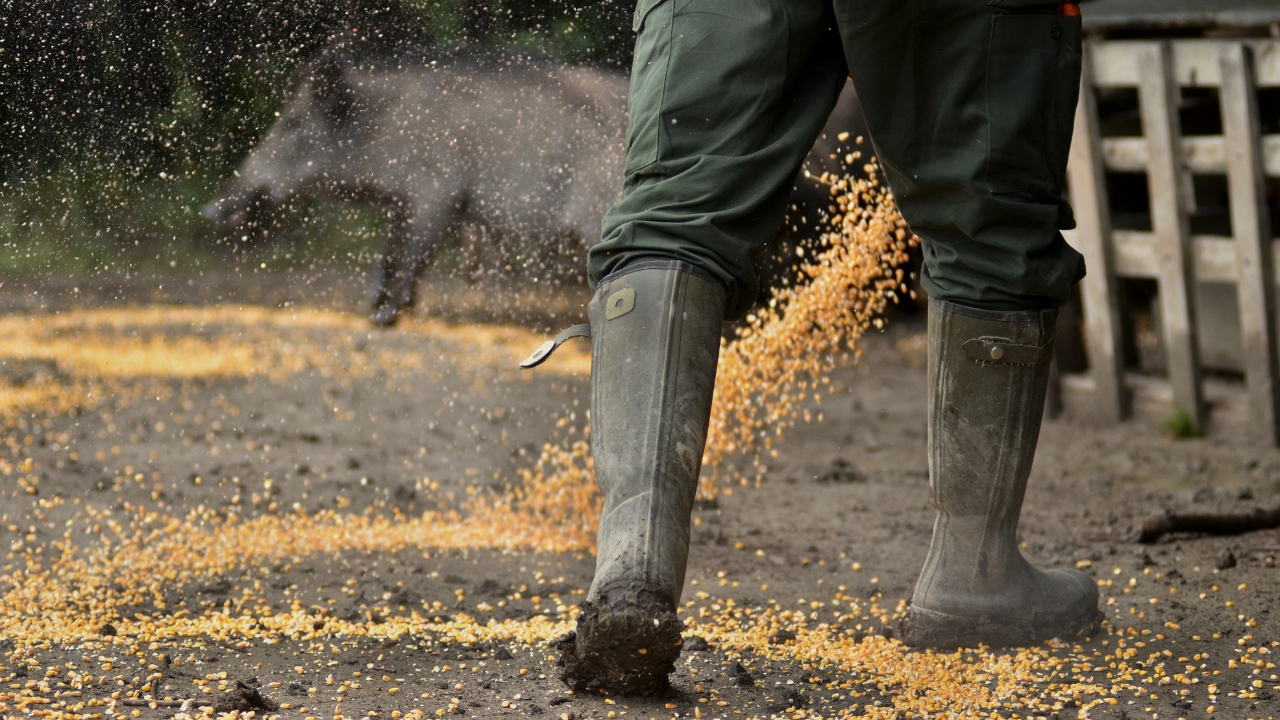
If you’re tossing in old corn and calling it good, you’re probably feeding raccoons more than hogs. Hogs are smart and picky. Sour corn works, but adding things like strawberry Jell-O, beer, or Kool-Aid powder kicks up the scent trail and pulls them in better.
The goal isn’t just to get them to sniff around—it’s to keep them coming back. You need bait that ferments, stinks, and lingers in the air. Anything too fresh or clean-smelling won’t hold their interest, especially if there’s plenty of food around already.
Setting the Trap Too Soon
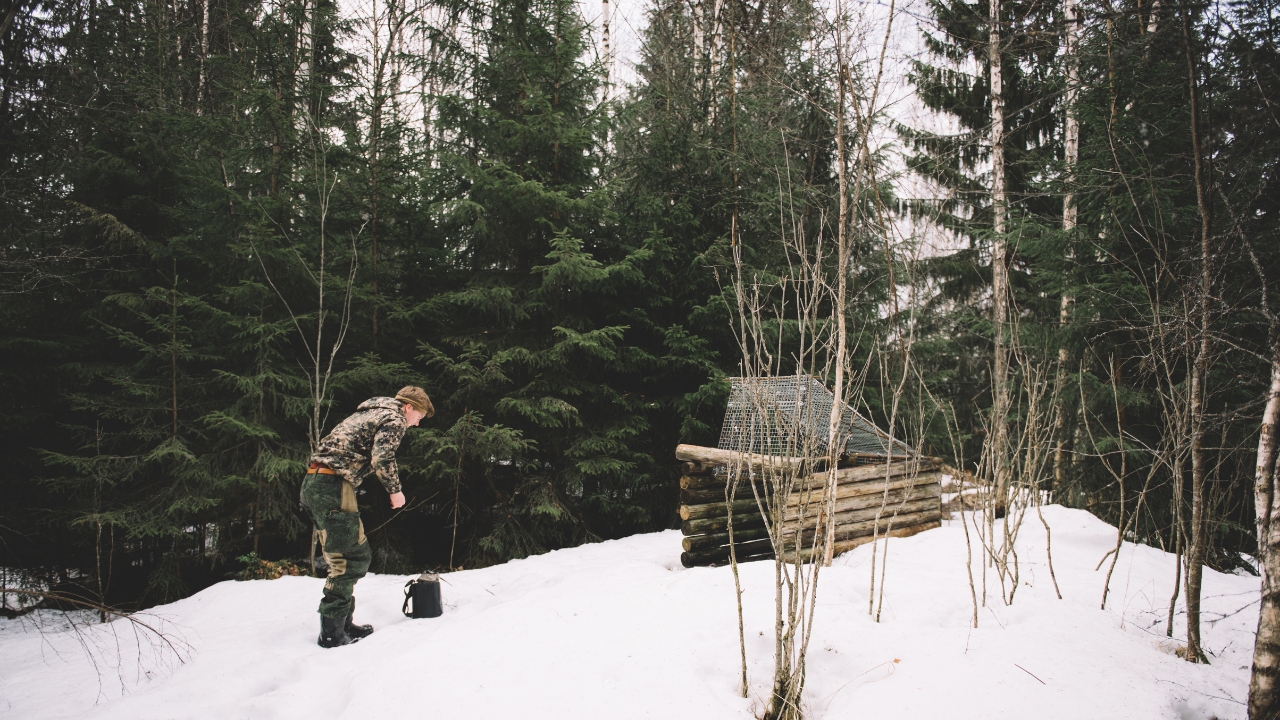
One of the biggest rookie mistakes is getting trigger-happy. You see fresh sign, throw some bait down, and set the trap that night. Problem is, the hogs haven’t had time to trust it yet. They might sniff around once and not come back.
Give them a few days to get comfortable eating inside the trap with the door wired open. You want the whole sounder going in and out without hesitation. Jump the gun too early, and you’ll spook the group and ruin your chance at a full catch.
Not Checking Wind Direction
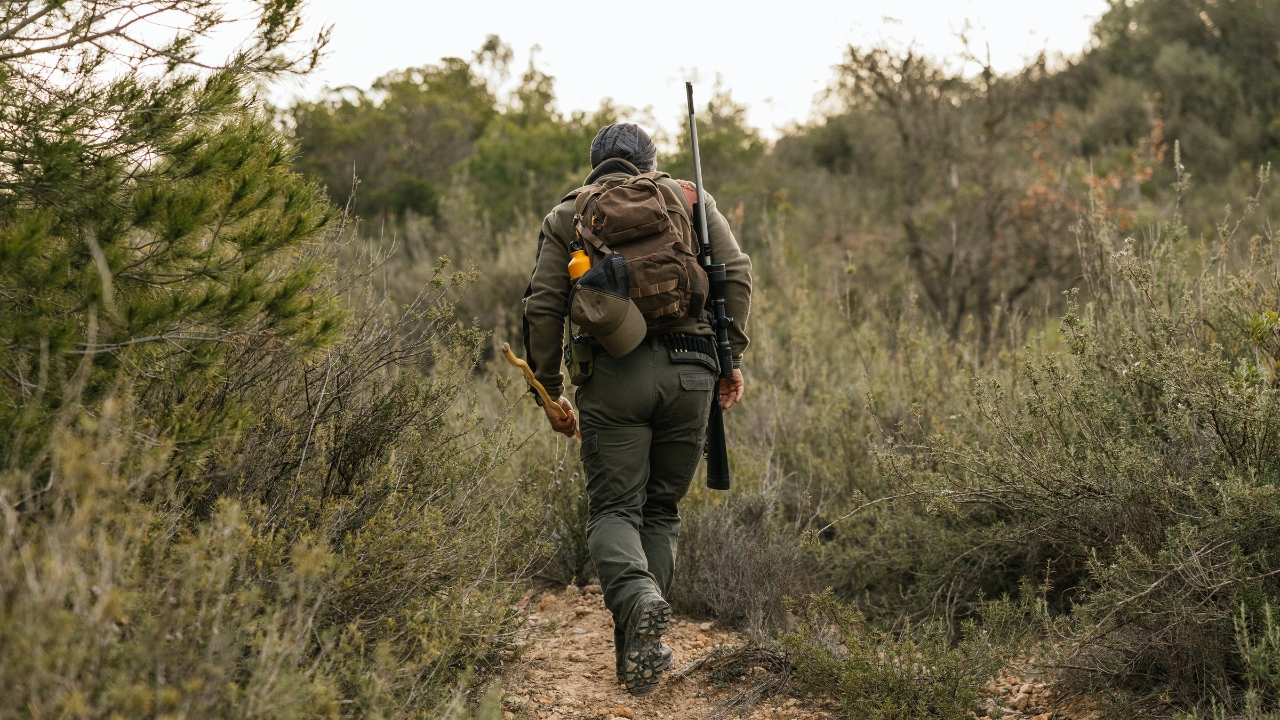
Scent control isn’t just for deer hunters. If your scent is blowing straight into the hog’s bedding area, they’re going to smell you coming from a mile away. Hogs may not see well, but their noses work overtime.
Always think about where the wind’s blowing before you approach or bait the trap. Try to come in from the downwind side. If you don’t, they’ll associate your trap site with danger, and you might not see them again for weeks—if ever.
Skipping the Trail Camera
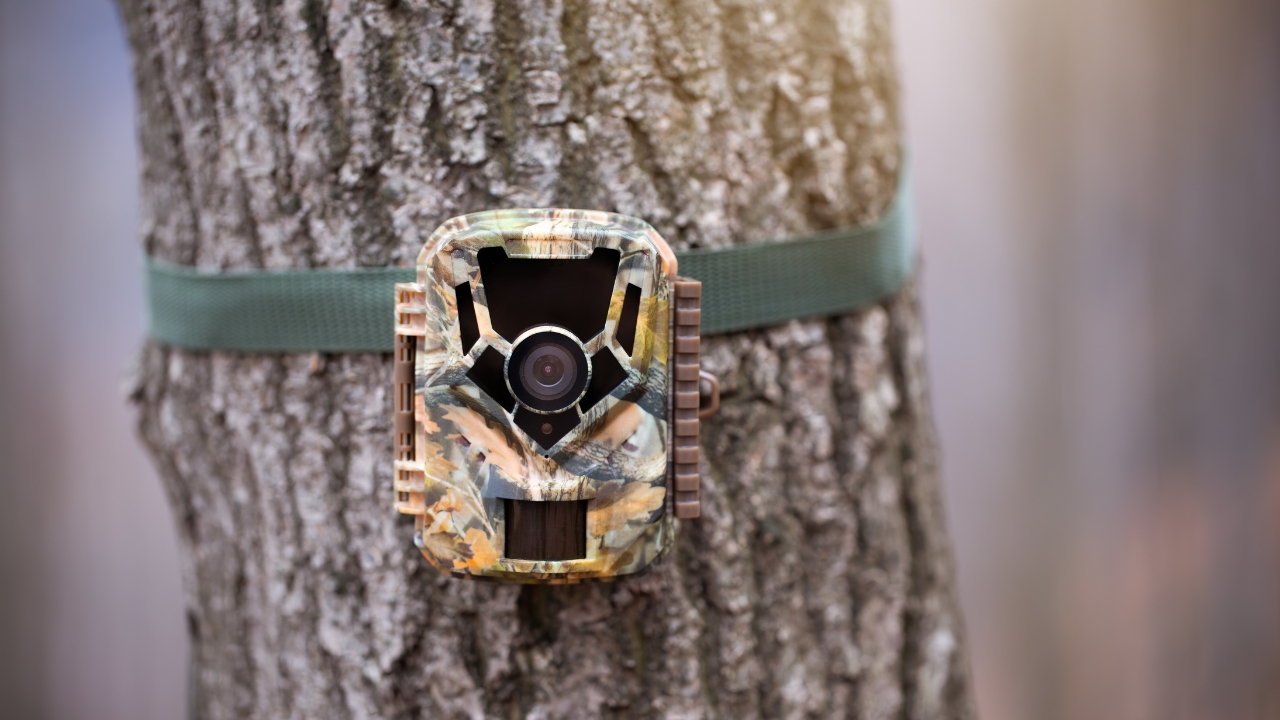
You might think you’re saving money by not setting up a camera, but it’s costing you catches. Without one, you’re guessing who’s hitting your bait and when. That guesswork usually leads to missed opportunities or empty traps.
Trail cams give you the full story—how many hogs, what time they show up, and whether they’re entering the trap or just circling it. It helps you pick the right night to set the trap and avoid wasting your effort. It’s one of the best tools you can use.
Using a Trap That’s Too Small
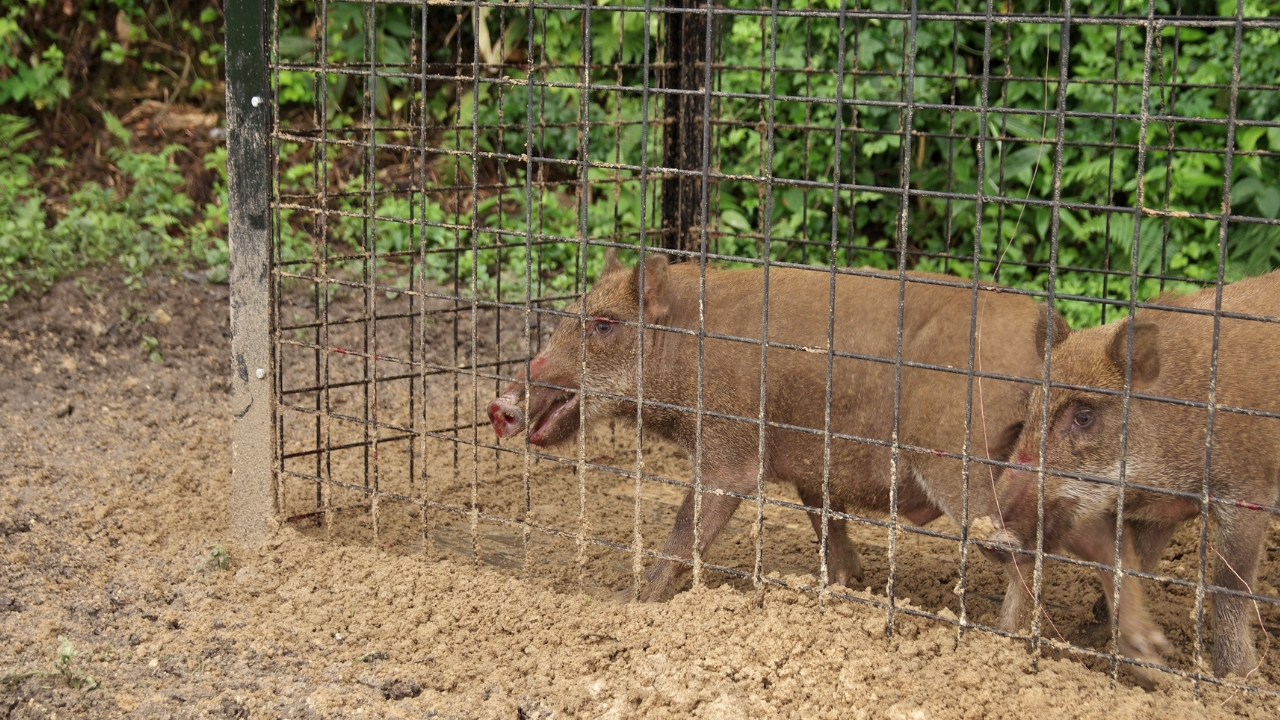
Trying to catch a whole sounder with a small box trap is like trying to net a school of fish with a goldfish scoop. You might get one or two, but the rest will scatter—and they learn quick. Next time, they’ll avoid that setup altogether.
Corral traps work better for groups. They allow you to catch multiple hogs at once without setting off alarms in the rest of the group. If you’re serious about getting ahead of the population, size matters more than you think.
Not Pre-Baiting the Area
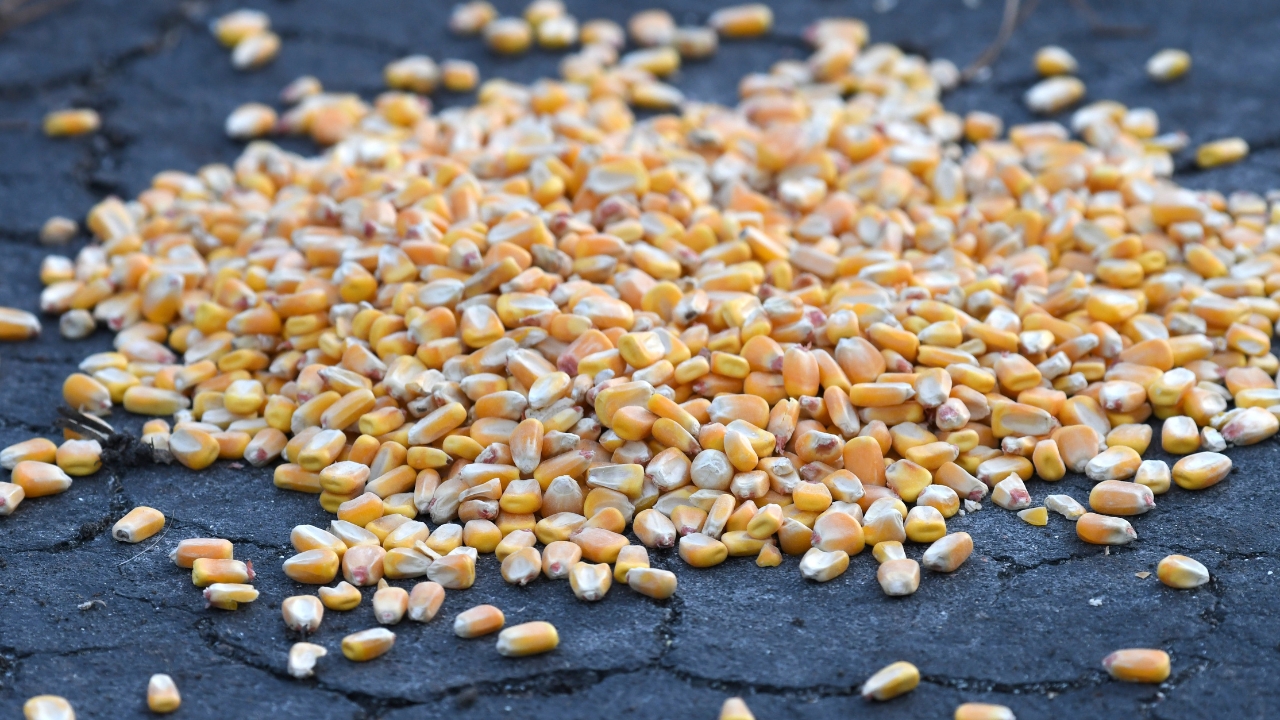
If you’re dragging a trap into the woods and baiting it the same day, you’re doing it backwards. Hogs need time to find the food and get comfortable. Pre-baiting without the trap in place gives them time to develop a routine without sensing a threat.
Once they’re showing up consistently, then you bring in the trap—quietly—and bait it the same way. This helps keep their behavior predictable and lowers the chance of them getting spooked when the setup changes.
Failing to Camouflage the Trap
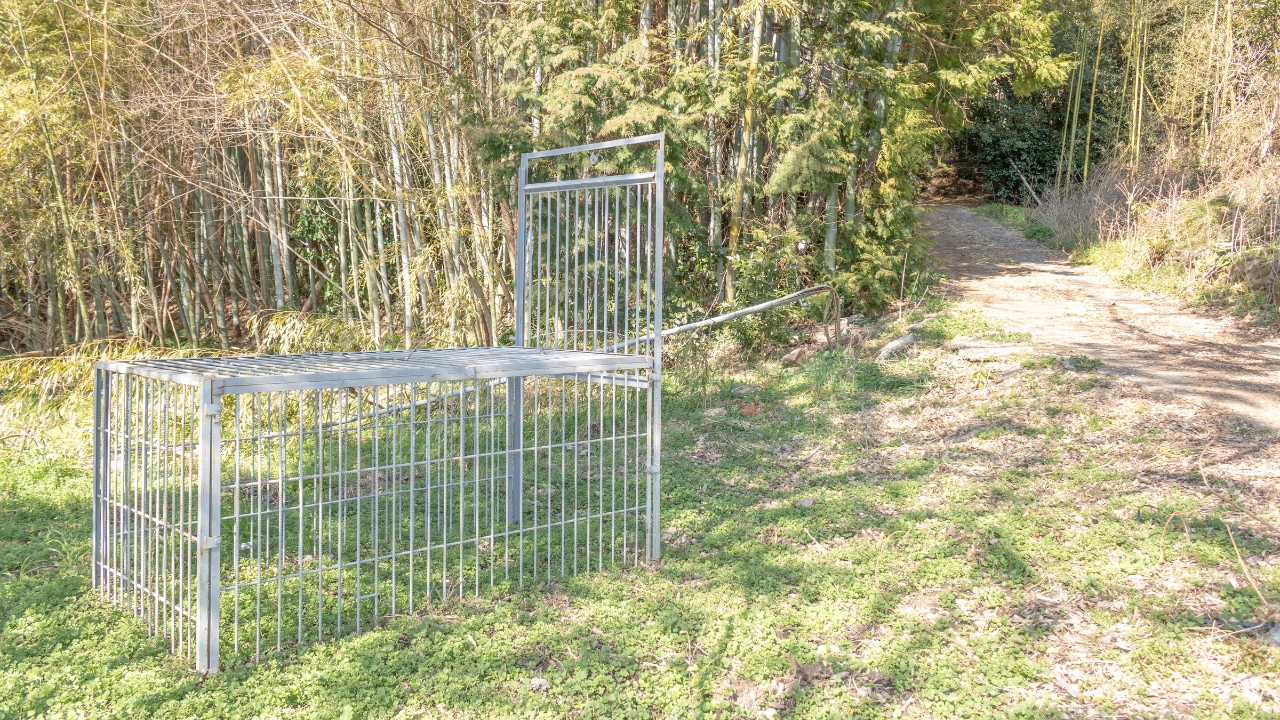
Hogs aren’t blind. If that trap’s shiny, out in the open, or smells like steel and human sweat, it’s going to raise red flags. They might not bolt immediately, but they’ll be wary—and that’s enough to keep them out.
Use brush, mud, or even old burlap to break up the outline of the trap. Keep it low-key and let it blend into the surroundings. If it looks like a cage and smells like trouble, hogs won’t go near it.
Using a Weak Gate Mechanism
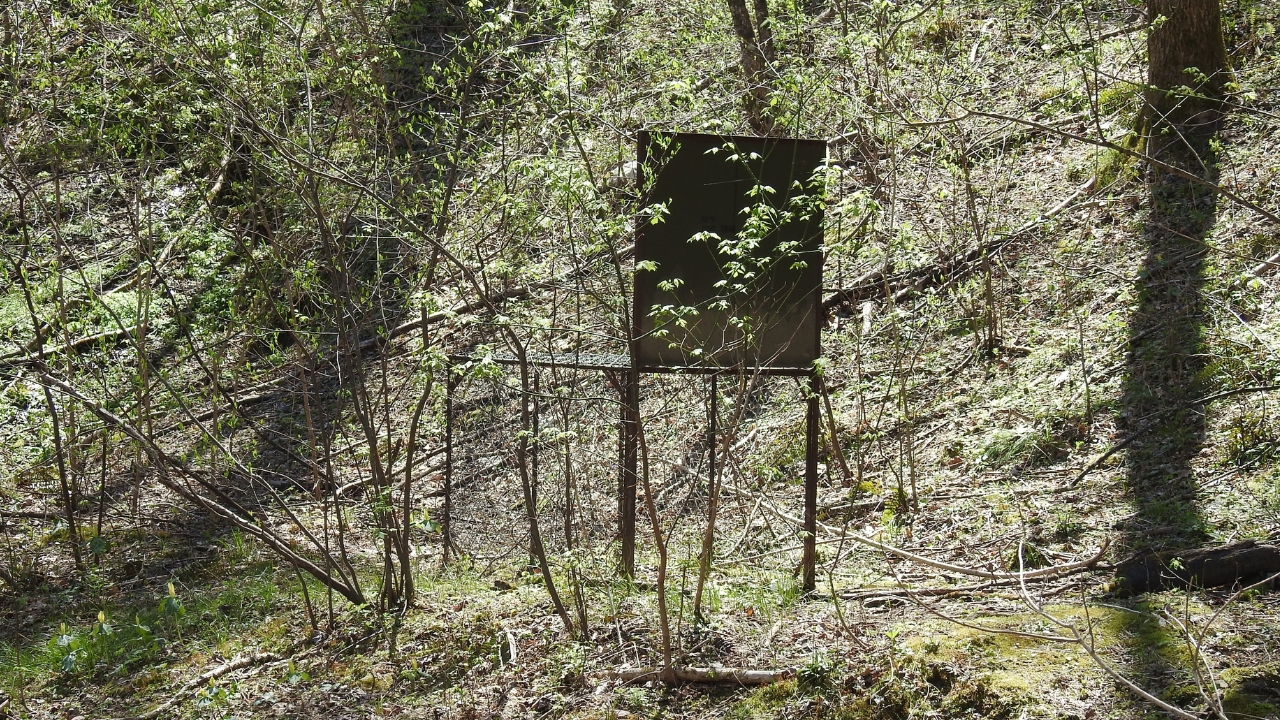
If your gate can’t handle the hit from a full-grown boar, you’re asking for an escape. Hogs hit hard when they panic, and they’ll test the trap the second that gate shuts. If it’s flimsy, you’ll come back to an empty trap and bent metal.
Make sure your trap gate is solid, heavy-duty, and locked in place when triggered. Spring-loaded or root-style gates tend to hold better than DIY latches or janky rigs. This is one place where skimping leads to busted traps and lost pigs.
Only Trying Once
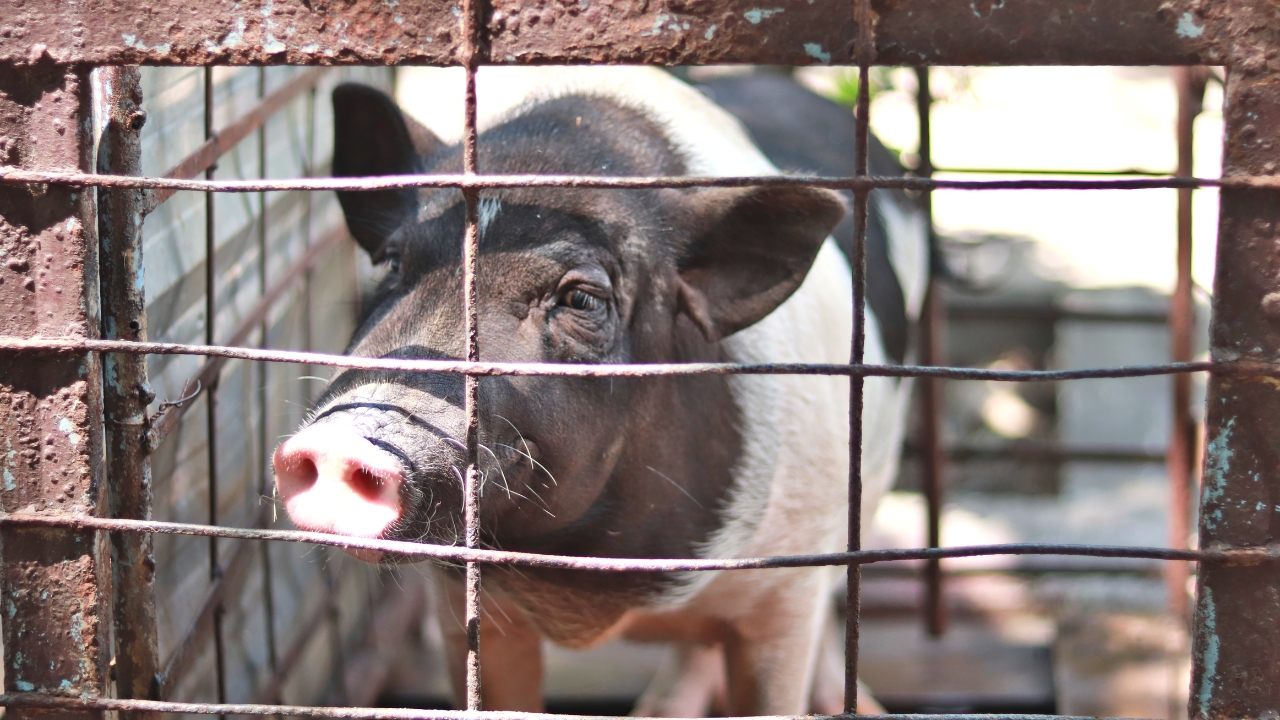
Too many folks try trapping once, don’t catch anything, and give up. Hogs are smart and unpredictable. Sometimes it takes a few rounds to learn their pattern and get your setup dialed in. One empty night doesn’t mean the area’s dead.
Keep baiting, check the trail cam, and adjust. Sometimes a small tweak—like changing bait or shifting the trap a few yards—makes all the difference. Persistence is key, especially if the hogs have been trapped before and know the drill.
Ignoring Local Regulations
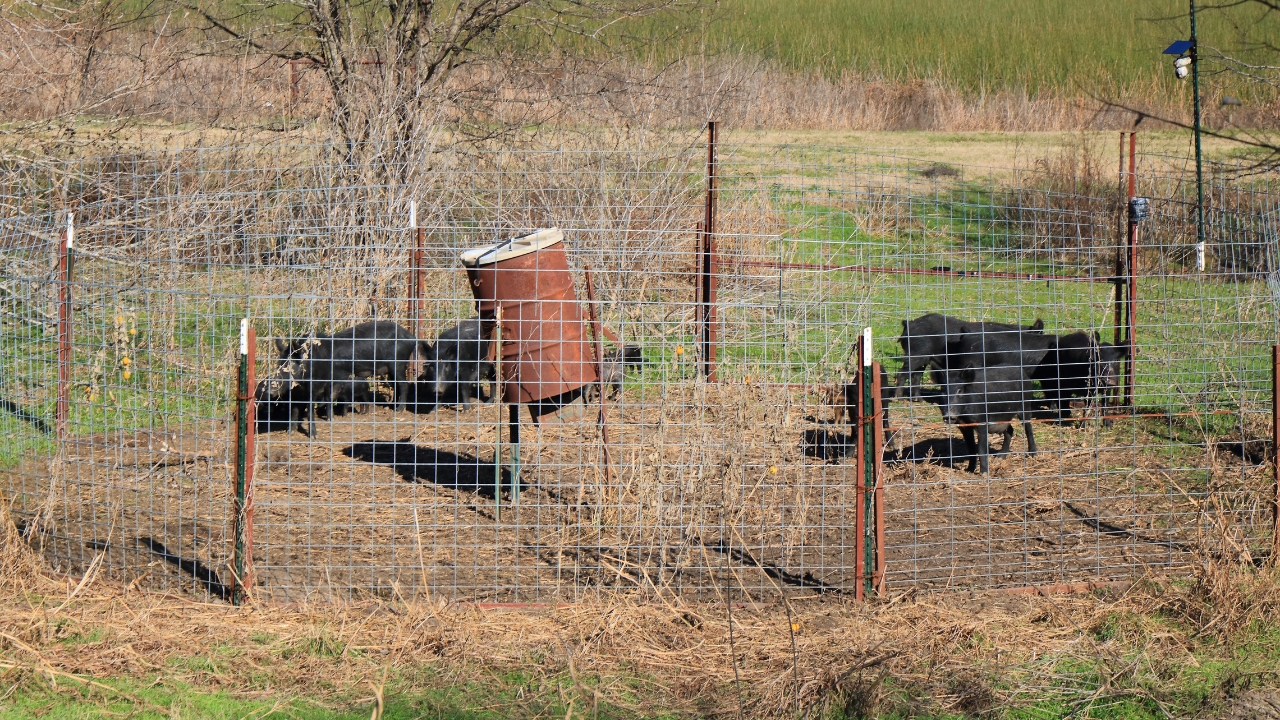
Some states and counties have rules on trap types, landowner permission, or how long you can leave a trap unattended. Skipping this step can land you a fine—or worse, get your gear confiscated.
Before setting anything up, check with your local wildlife agency. Know the legal requirements, especially if you’re on public land or close to property lines. A little homework saves a lot of trouble down the line.
*This article was developed with AI-powered tools and has been carefully reviewed by our editors.






